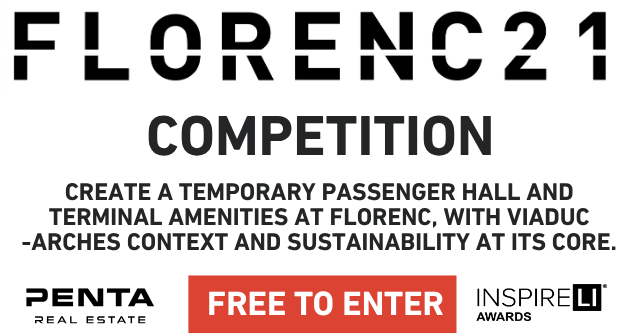Dobrý den, v první řadě oceňuji Váš skvělý přístup k této složité a těžko ocenitelné tematice. Souhlasím s Vámi, že důstojnost lze sloučit i s místy jako je vězeňské prostředí. Dovolte mi proto nabídnout pro Váš projekt naše výrobky, u kterých se zaměřujeme na těžký antivandal pro místa jako je toto. Samozřejmě přikládám odkaz na naše webové stránky, kde najdete kompletní portfolio, nicméně tady si krátce dovolím upozornit na tu již zmíněnou antivandalovou řadu... Největší využití ve věznicích mají naše nerezové kombinované sety WC s umyvadlem - kde je u konkrétního výběru daného provedení (rovné, pravá/levá strana) zásadní z technického pohledu, zda je montáž přes servisní otvor, nebo závitové tyče... Pokud se ale budeme bavit o samostatných zařizovacích předmětech a to nejen pro cely, ale i další toalety v budovách věznice je tu opět na výběr množství produktů jako je např. nerezové antivandalové WC na podlahu s označením SLWN 14 (montáž přes servisní otvor) nebo nerezové antivandalové WC závěsné SLWN 12 (montáž přes závitové tyče z druhé strany stěny). Musím zmínit i možnost, která se na první pohled nemusí úplně slučovat s důstojností, ale v nabídce máme i nerezové nášlapné WC k zapuštění do podlahy. Toto je pod označením SLWN 07. Z mých zkušeností jsme tuto variantu řešili v místnostech se zvýšenou ostrahou těch nejobávanějších, tedy násilných vězňů, ale také v psychiatrických zařízeních, kde hrozilo ze strany používající osoby sebepoškozování, případně napadení spoluvězně (nyní si dovolím být konkrétní pro Vaši lepší představu: aby si uzamčená osoba například úmyslně nezpůsobila poranění hlavy třeba utlučením o hrany záchodů, umyvadel, atd...). Tímto bych opustila zařizovací předmět WC a přešla k dalším možnostem vybavení. Kromě opravdu velkého množství různých bezdotykových baterií je v nabídce také "piezo tlačítko" (tlačítko dávám úmyslně do závorky, protože se sice spuštění vody ovládá dotykem, ale zmíněné tlačítko se ani nehne/nezamačkává, což je, mimo jiné, jeho záměr pro nemožnost zneužití, aby voda tekla déle, než je nastavená doba). Když se podíváte na výrobek s označením SLU 44PP, zjistíte, že se pod ním skrývá ne úplně vzhledná piezo nerezová nástěnná umyvadlová baterie na dvě vody. Toto je opět to nejvíce antivandalové provedení baterie proti sebepoškozování, kde je myšleno na to, aby vězeň nemohl na bateriovém ramínku oběsit ani sebe ani například spoluvězně. Přikládám Vám pro zajímavost technický list, kde jsou veškeré informace, abych Vás zde jimi nezahltila. U piezo tlačítka bych se zmínila ještě o antivandalovém ovládání sprch - SLS 01PA, které je rovněž vyvinuté pro prostředí věznic a výčet zařizovacích předmětů pro hygienické zázemí bych zakončila návratem k WC a možností splachovaní antivandalovým provedením piezo tlačítka - buď pro tlakovou vodu SLW 01PBA, nebo pro splachování z nádržky SLW 02PA (který je dodáván včetně montážního rámu s nádržkou SLR 21).
Na téma antivandalového vybavení by se dalo psát ještě déle, ale ukončila bych tento příspěvek tím, že budeme rádi pokud Vás něco z našeho sortimentu zaujalo a v případě zájmu o další informace jsme Vám plně k dispozici.
S přáním hezkého dne Hana Rollerová, projektový specialista firmy SANELA spol. s r.o.
https://www.sanela.cz/files/ke-stazeni/antivandal-antivandal.pdf - prospekt ke stažení



